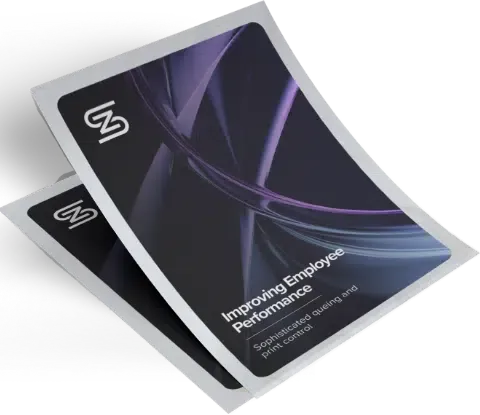The problem with automation is it means something different to almost everyone. And far too often it’s focussed on file movement, file processing and the whole pre-press space. One of the things we’re passionate about with our view of automation is that it impacts the entire process for how a product is made (as I said last in last week’s email, on average 75% of cost is downstream of the press).
To help with that we use a framework to test how the client is implementing Workflow Automation and what the gaps are in their automation process. We call the framework VACA.
It is based on a philosophy that you:
- need to be able to see each step of production in your plant (many don’t)
- someone needs to own each action in production
- real world cost should be visible; and
- the process should be alive, action should automatically take place and continuous improvement be achieved
So that philosophy translates to our VACA framework. That somewhat inelegant acronym has these elements:
Visible:
Is each process/each action for every component in a product that enables it to be manufactured visible and can that action be tracked, or are actions invisible in the plant?
Accountable:
Is a person or a machine responsible for each action in your process? Put another way, can component ID, time and error be attached against that person or machine, or is action occurring which can’t be attached to an owner?
Cost:
Can cost be identified for that action or process stage? Which means is real world cost – i.e. how long an action takes, the amount of media consumed or the rework required added to the cost of goods?
Action
It’s at this stage of the framework that the rubber hits the road. At the action stage the information that becomes available through applying the VAC steps are applied and the insights achieved converted into specifically what improvement should be applied to the business.
VACA is a simple framework (they’re the best kinds) but I have seen sites extract 30% efficiency gains by moving from invisible and assumed production to making production Visible and Accountable.




